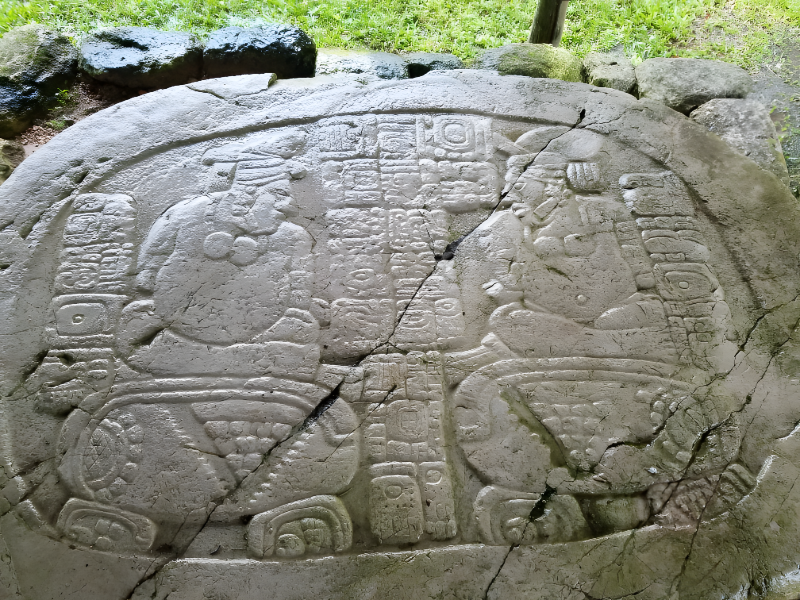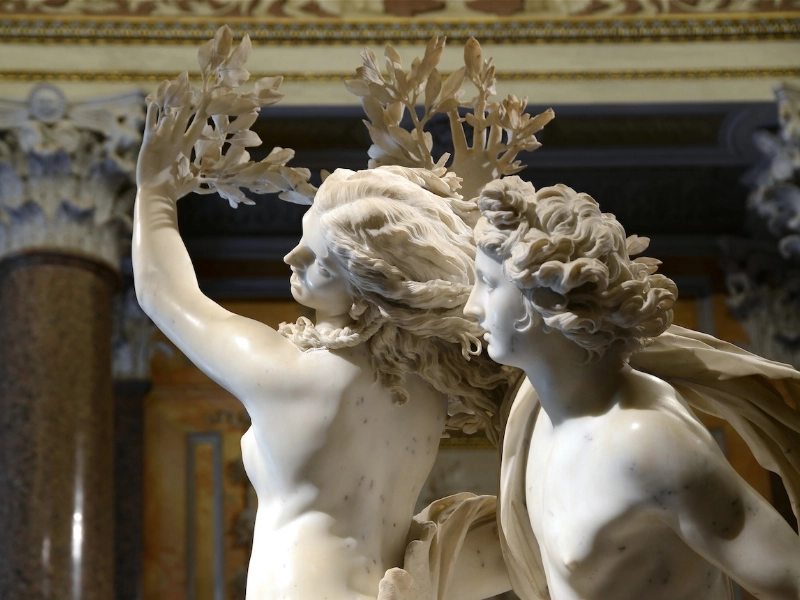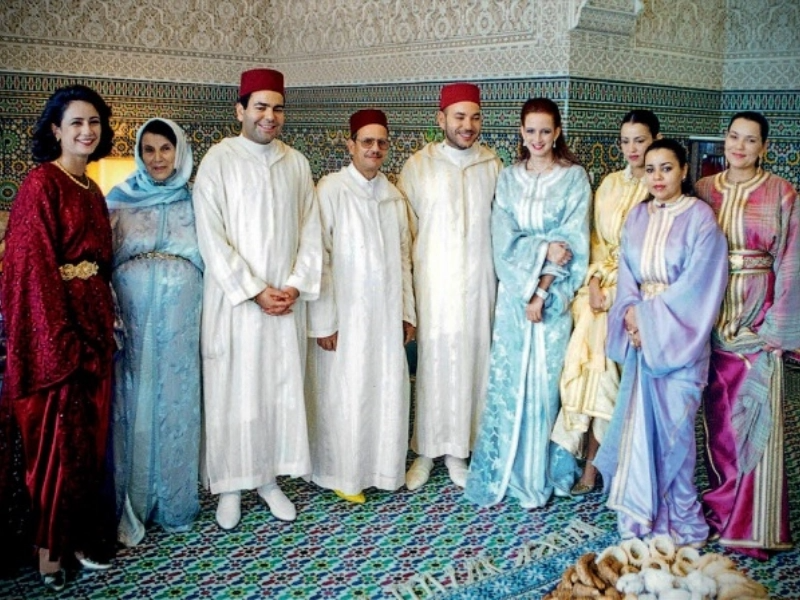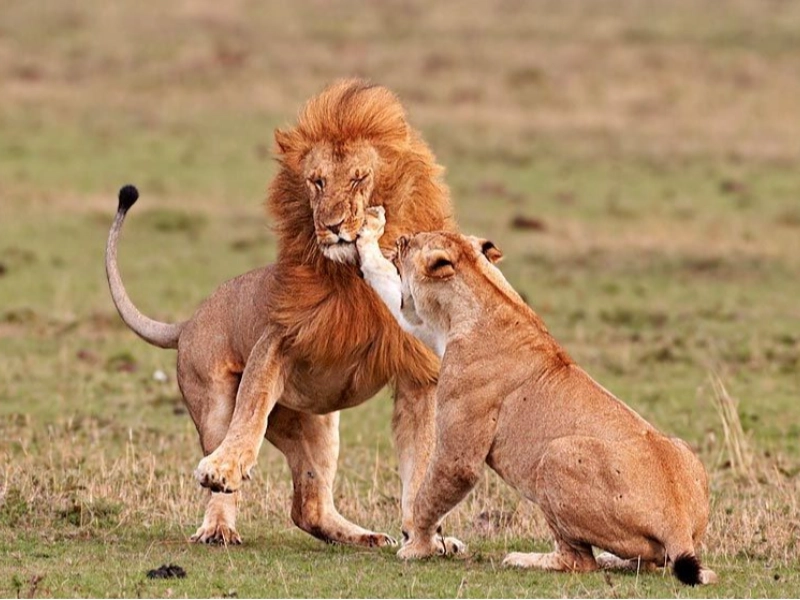2. The Structure of the Maya Calendar

The structure of the Maya calendar is a remarkable combination of precision and complexity. It comprises several interconnected systems that work together to create a comprehensive framework for understanding time. The Tzolk’in, Haab, and Long Count are the most prominent components of this system, each serving distinct purposes within Maya society. The Tzolk’in consists of 260 days, divided into 13 cycles of 20 named days. Each day is associated with specific deities and spiritual forces that influence daily activities and rituals. Beyond simple timekeeping, the Tzolk’in guided ceremonies, personal milestones, and even individual destinies, as the Maya believed that the energies of specific days shaped a person’s character and fate. In contrast, the Haab is a solar calendar comprising 18 months of 20 days each, plus an additional month of 5 “nameless” days called Wayeb. This calendar closely aligns with the solar year, enabling the Maya to track seasonal changes and plan agricultural activities. The Haab was essential for determining the timing of planting and harvesting, ensuring the sustainability of Maya settlements through precise agricultural planning. Together, the Tzolk’in and Haab form the 52-year Calendar Round, a cycle of time that holds great significance in Maya cosmology. This cycle represents a complete alignment of the two calendars, and its conclusion was marked by elaborate celebrations that emphasized renewal and the cyclical nature of life. The Long Count calendar adds another layer of complexity to Maya timekeeping. Unlike the cyclical nature of the Tzolk’in and Haab, the Long Count is linear, allowing the Maya to record historical events over vast periods. The Long Count is divided into baktuns, each consisting of 144,000 days. This system enabled the Maya to document significant events such as the founding of cities, royal reigns, and major conflicts. The combined use of these calendars demonstrates the Maya’s intricate approach to timekeeping. Their ability to track astronomical events, agricultural cycles, and historical milestones reflects a deep understanding of the natural world and its rhythms. This sophisticated system not only served practical purposes but also reinforced the Maya’s spiritual beliefs, emphasizing the interconnectedness of time, nature, and the cosmos. Studying the structure of the Maya calendar provides insight into how this ancient civilization navigated their world. Far from being mere tools for measurement, their calendars were integral to their identity, shaping their actions and beliefs in a complex and ever-changing environment.
Advertisement
Recommended Reading: 9 Things That We Wash Too Often, and 9 More That We Usually Forget About
You are viewing page 2 of this article. Please continue to page 3
























This could anchor a workshop.
Invites a deeper post-mortem.
Provides a resilient baseline lens.
Efficiency baked in.